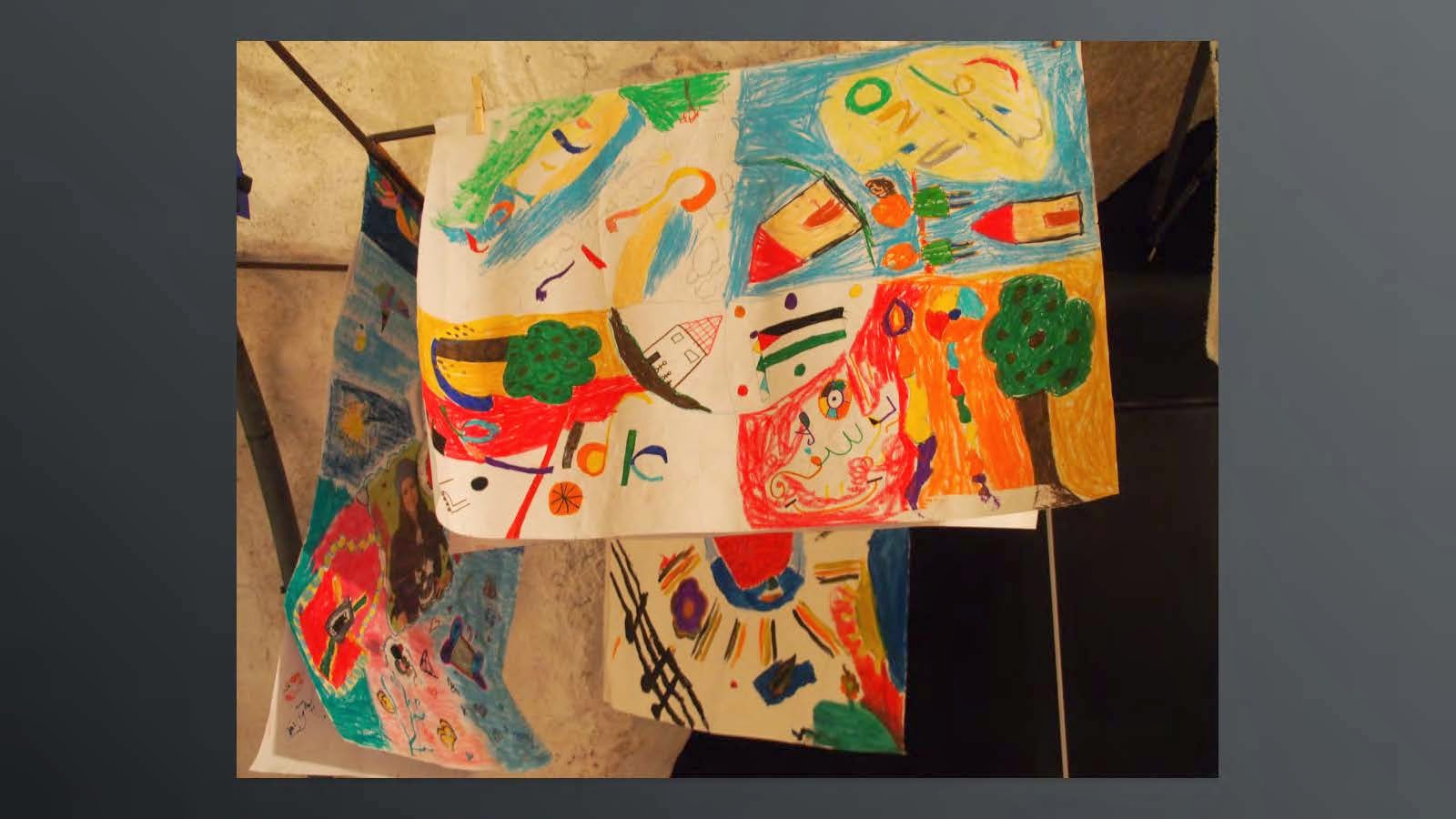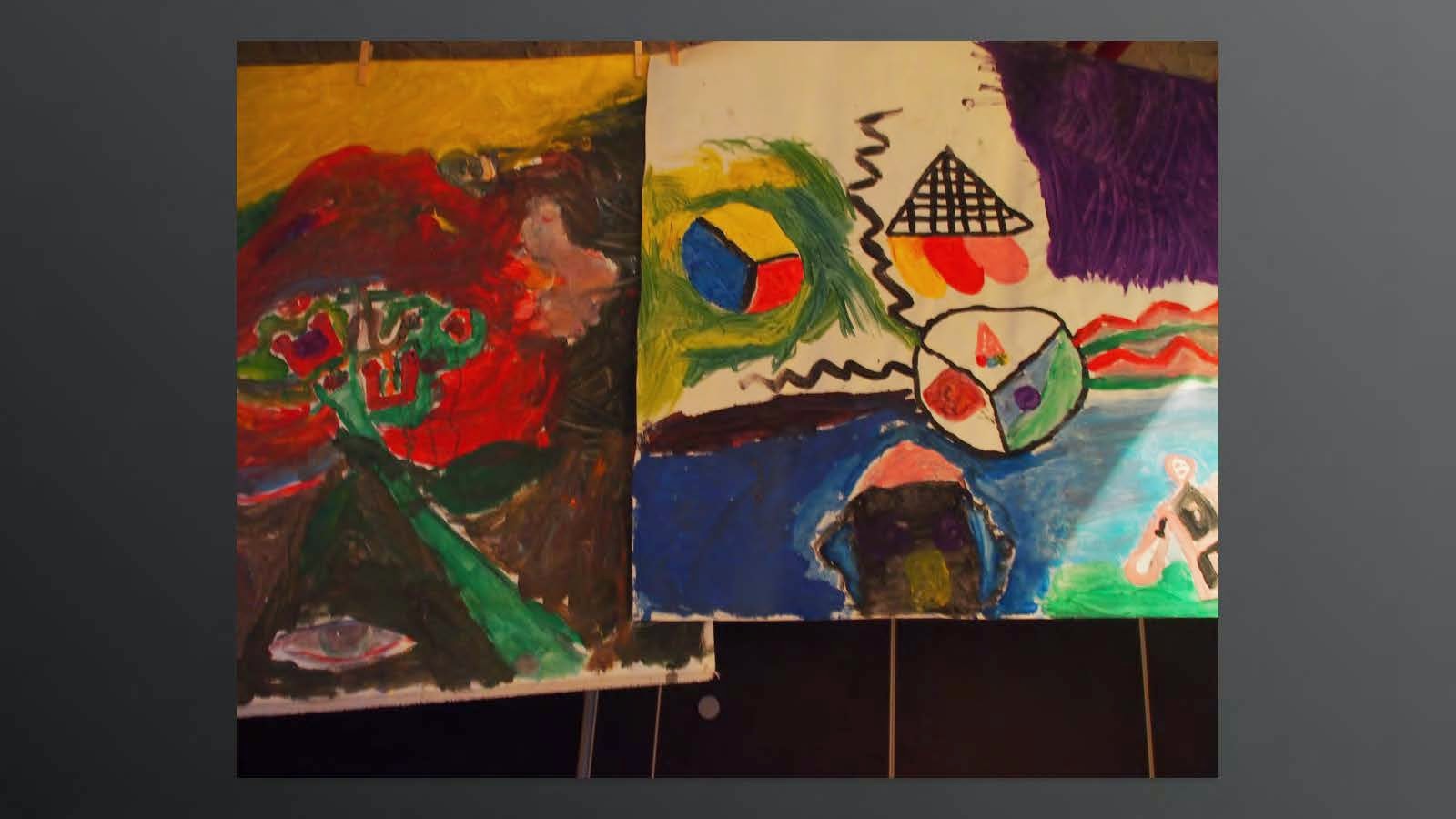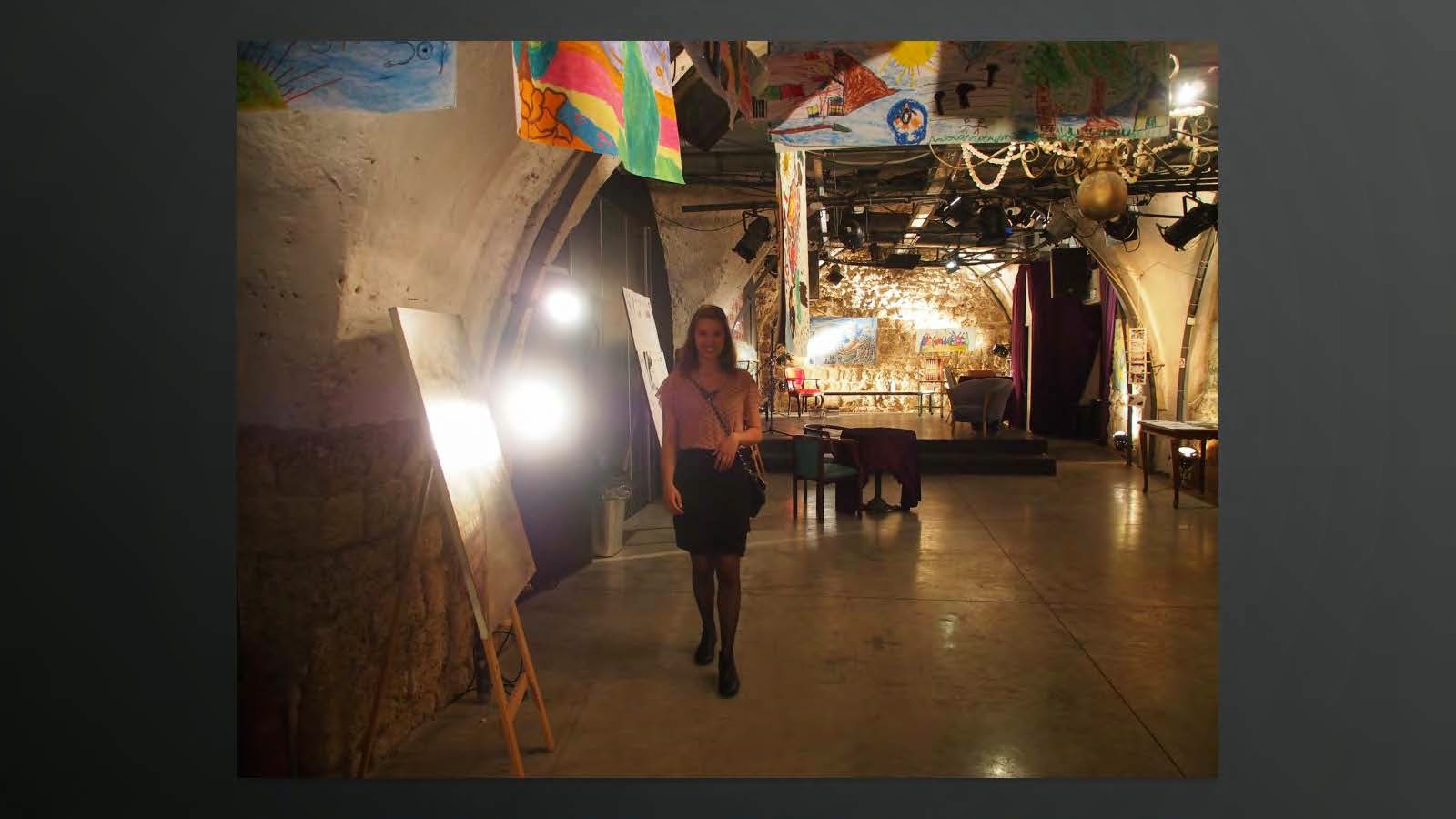 |
| Source: Margalit Berriet |
En ces temps particuliers, nous
prenons la parole pour exprimer notre peine. Ce drame, qui
touche des lieux de culture et de convivialité, est aussi une attaque au
vivre-ensemble et à la laïcité, à des valeurs profondes et fondamentales de
notre culture.
La laïcité, somme toute idée
neuve, a l’ambition de s’enrichir de la différence tout en insufflant un nouvel
élan humaniste. Elle garantit le libre exercice des droits civiques (liberté
d’expression, liberté de conscience, liberté de culte) quel que soit l’âge, le
sexe et l’identité sexuelle, la culture, la condition sociale. Elle met en
avant le droit à l’autonomie de l’homme et le refus de tout dogmatisme, luttant
contre toute forme d’inégalité, d’exclusion, d’injustice, de violence.
Dynamique, active, mais aussi
polémique comme l’écrivait Ricœur, elle favorise à la fois l’épanouissement
individuel et l’émancipation collective à travers la rencontre des cultures
différentes et de convictions opposées.
Lorsqu’elle est bien comprise et
appliquée, la laïcité est la condition même d’un vivre ensemble où chacun a le
droit d’être différent et de vivre librement. Au fond, l’histoire de
l’humanité, à travers ses créations, ses innovations, ses progrès, reflète
cette quête de liberté. La laïcité est donc un engagement en faveur de la
liberté de l’homme.
Aujourd’hui, nous sommes en
deuil. Pas seulement à Paris, où nous sommes de tout cœur avec les victimes et
leurs proches, mais aussi avec le monde entier, l’humanité elle-même.
Sans nul doute, les faits vont
être récupérés, et il nous faudra être particulièrement vigilants à ne pas
tomber dans les pièges de l’amalgame et de la stigmatisation. Il est aussi
évident de condamner fermement la violence : en aucun cas elle n’est
acceptable, en aucun cas elle ne peut être une réponse.
Il nous faudra réfléchir aux
causes profondes du fanatisme, désamorcer les racines de la haine et apprendre
à régler les conflits sans avoir recours à la violence. Une société de paix et
de laïcité n’est pas une société sans conflit, mais une société qui a appris à
gérer et à faire une force des différences de chacun. À privilégier le dialogue
et l’écoute à la sanction et la condamnation.
Certes, cette idée peut
ressembler à un doux rêve, mais « une utopie est une réalité en
puissance », écrivait Edouard Herriot. Toute grande réalisation est née
d’une utopie. Et l’homme de paix est avant tout un être créatif et imaginatif.
Ces événements violents, qu’ils
soient ici ou ailleurs, sont toujours un rappel de l’importance de semer des
graines de culture et de paix dans le monde : que la paix ne soit pas un
vœu pieux, mais une réalité concrète. L’éducation, l’art et la culture sont en
mesure de préparer, et de nourrir le vivre-ensemble, d’enrichir une société
multiculturelle ; elles représentent le premier rempart contre la barbarie
et la violence.
Alors, célébrons cette vie précieuse, et joyeuse !
« J'ai toujours un espoir parce que je crois en
l'homme. C'est peut-être stupide. La voie de
l'homme est d'accomplir l'humanité,
de prendre conscience de soi-même.
Je refuse de désespérer parce que désespérer,
c'est refuser la vie. Il faut garder la foi.
C'est ça, la culture :
c'est tout ce que l'homme a inventé pour rendre le monde vivable et
la mort affrontable. »
Aimé Cézaire, Interview par Patrice Louis, Magazine Lire, 1 juin 2004
Aimé Cézaire, Interview par Patrice Louis, Magazine Lire, 1 juin 2004









































































































































